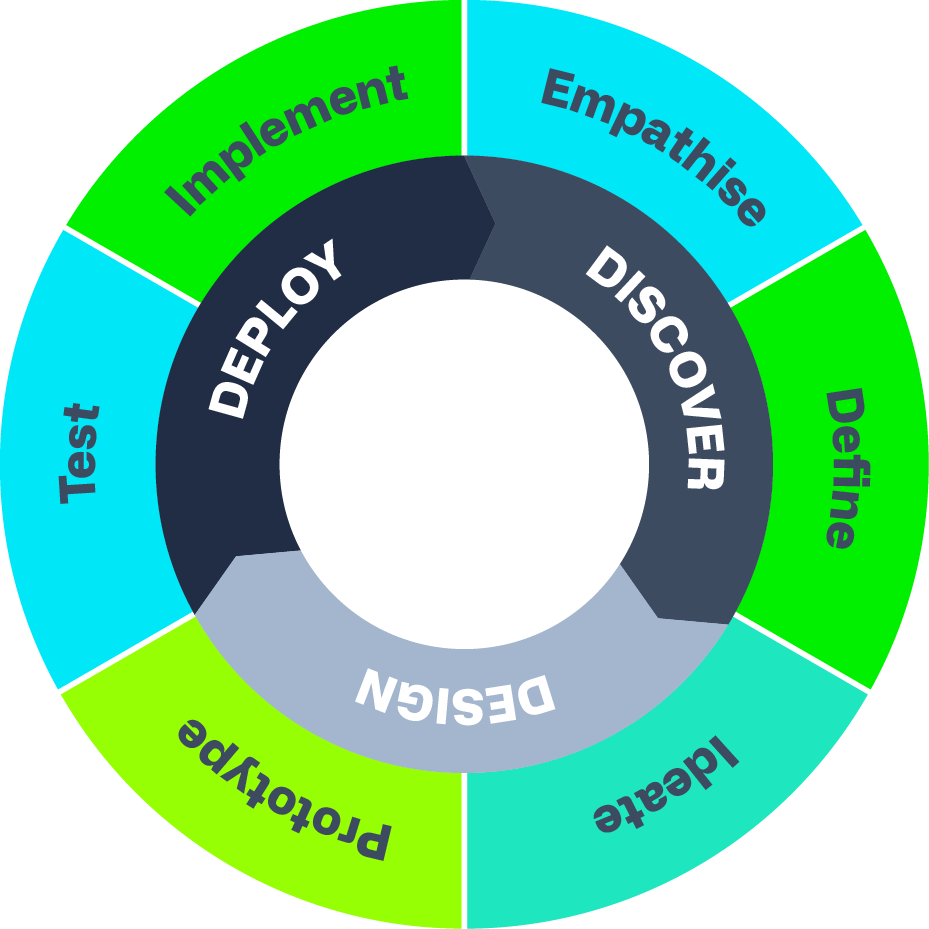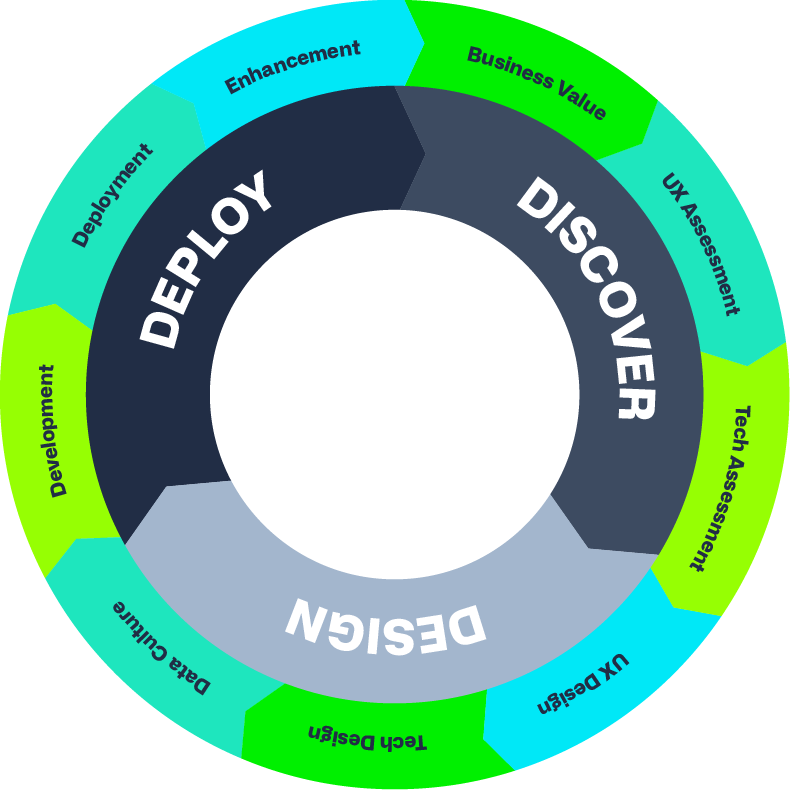We have updated our Privacy Policy, click here for more information.
Thank you

Borja Ochoa
|
 |
In today’s data-driven world, it’s easy to get caught up in the excitement of collecting and storing vast amounts of information. However, the true value of data lies not in its collection or storage but in its capacity to drive actionable insights and decisions. Too often, organisations invest in building platforms or implementing tools without a clear business objective. These initiatives, while well-intentioned, often fail to deliver tangible benefits. To truly harness the power of data, organisations must adopt a top-down approach, starting with a clear understanding of the business goals and the right use cases, and combine it with an exceptional user experience that makes data accessible to all users in the organization, regardless of their technical skills.
Data without a clear purpose is like a ship without a rudder: it may be moving, but it’s not heading anywhere meaningful. The cornerstone of a successful data program is identifying the right use case, a specific problem or opportunity that, when addressed, delivers measurable value. A use case brings clarity, purpose, and alignment across teams. It ensures that the data program addresses real problems instead of creating solutions in search of problems.
Without a defined use case, organisations risk investing in platforms or tools that may be technically impressive but lack practical business relevance. For example, building a data warehouse or adopting a machine learning platform might seem like progress, but without a clear application, these efforts can fail to demonstrate their worth.
By starting with a use case, data programs can quickly prove their value, gain momentum, and establish the relevance of data-driven decisions within the organization. This approach not only secures executive buy-in but also fosters a data culture where teams see the direct impact of their efforts.
One often-overlooked aspect of data programs is the user experience. Whether the output is a dashboard, a self-service analytics platform, or an automated report, the way users interact with data is crucial. A well-crafted data experience can distinguish between a tool that sits unused and one that becomes indispensable.
To create a compelling data experience, organisations must prioritise simplicity and clarity. The goal is to make data accessible and understandable for users, regardless of their technical expertise. Achieving this requires close collaboration between UX designers, business stakeholders, and data teams. Together, they can ensure that data outputs align with user needs and provide value in the most intuitive way possible.
For example, dashboards should prioritise delivering insights over overwhelming users with unnecessary metrics. Similarly, self-service platforms should enable users to find and analyse data easily, without the need for advanced technical skills. Every interaction with data should be designed to inspire confidence, foster curiosity, and encourage informed decision-making.
We must listen to users and approach projects from a user-centric perspective. By empathising with users at the start of the process, we can ensure that we are building a usable product or service. A Data-Service Design Approach is crucial, as it looks at every touchpoint the user has with a service—not just a particular data product—to identify pain points or weak links and strengthen these areas.
This approach has 4 main stages:


To bring this philosophy to life, organisations should adopt a client-focused, agile methodology that combines data technology with a user-centric approach and a clear business objective. By breaking down complexity into strategic, incremental steps, we ensure continuous alignment with goals, delivering measurable results while remaining responsive to evolving priorities:
Prioritise initiatives with a use-case roadmap and ROI-driven business case (including PoC validation where needed).
Audit existing data visualisation against UX principles to identify gaps and opportunities.
Evaluate current data infrastructure and strategy to pinpoint technical readiness and risks.
Create user-centric mock-ups and prototypes to validate workflows and visual storytelling.
Design the technical architecture, plan and methods aligned with the UX design.
Define the data culture strategy, change management approach and training plan for the application.
Iteratively build, test, and refine the application in sprints, anchored by user feedback.
Launch with precision, monitor performance, and adapt to evolving needs post-release.
Identify areas of improvement based on user feedback and start the cycle again.


When data has a clear business purpose and provides a seamless user experience, its potential is unleashed. This approach not only aligns data usage with business objectives but also empowers employees to make faster, more informed decisions.
The goal of any data program is to enable data-driven decisions. To achieve this, organisations must focus on two key aspects:
Empowering rapid, client-focused delivery through Agile precision, turning vision into value, faster and smarter
By following these principles, organisations can move from merely managing data to actively using it to drive meaningful outcomes.